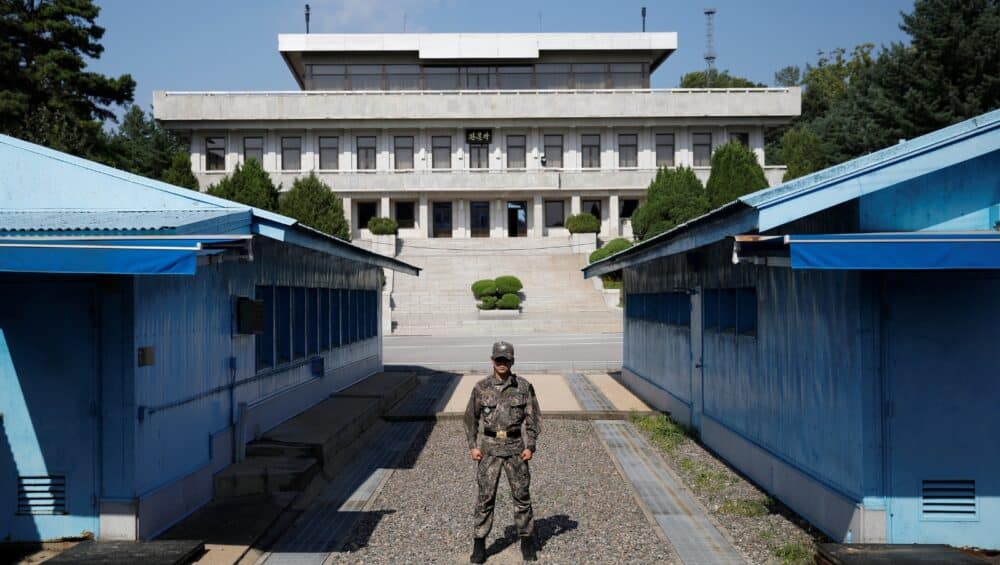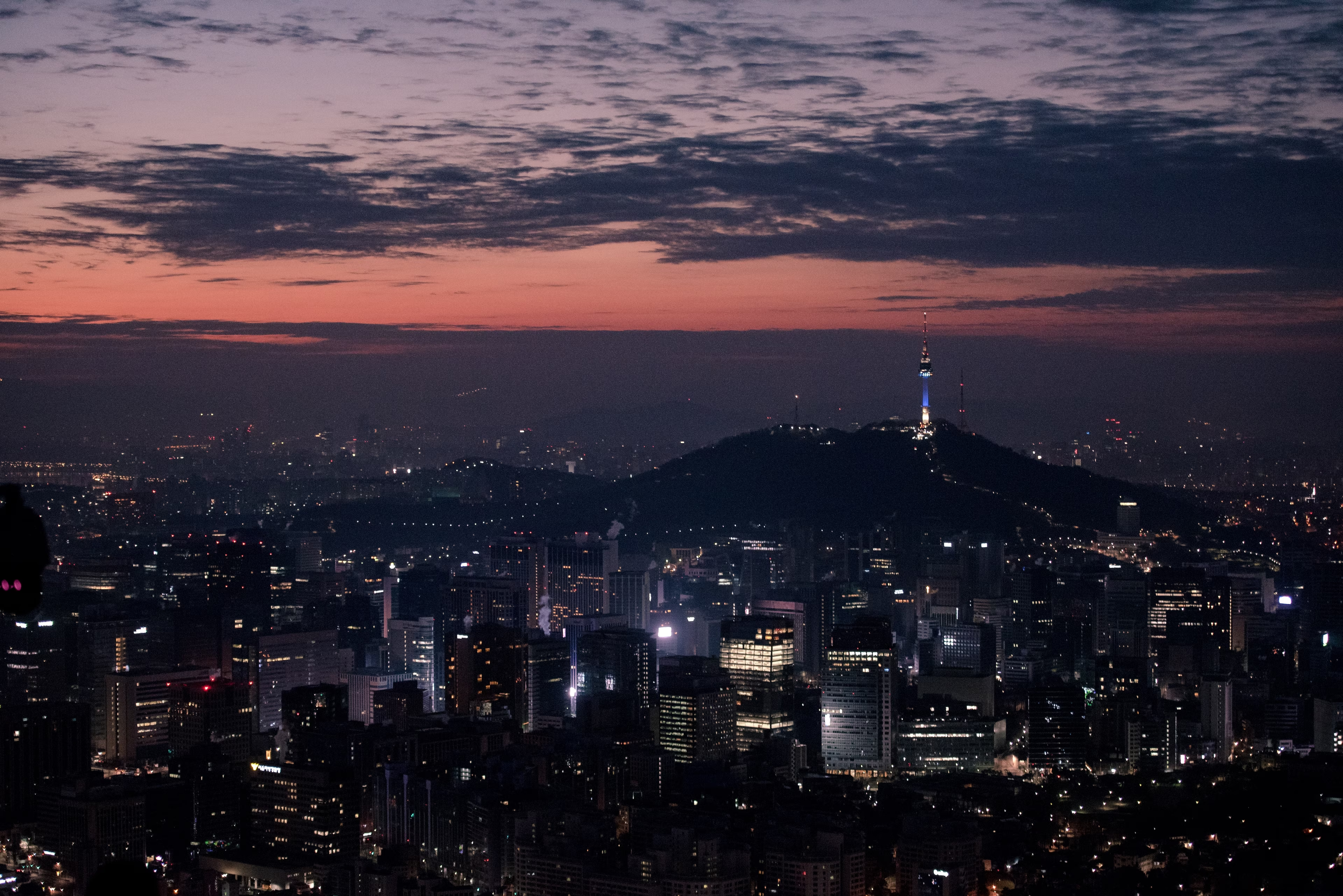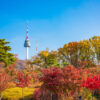The world was stunned when an American Soldier named Travis King crossed the demilitarized zone (DMZ) border into North Korea. Stationed in South Korea but serving a prison sentence for assault, King escaped his escort and joined a tour headed to the Joint Security Area (JSA). He managed to cross the border and is now in the custody of the North Korean government. His fate remains uncertain, leaving people with many questions about visiting the DMZ and its border between North and South Korea.
The DMZ holds significant historical importance, making it a must-visit for travelers to South Korea eager to learn about the region’s history, including events during and after the Korean War, as well as places of past conflict. However, it’s crucial to understand that the DMZ is both a military zone and located next to the world’s most isolated country, requiring awareness before embarking on a tour.
What to Expect on a DMZ Tour
Surprisingly, due to the Covid lockdown in North Korea, there are currently no North Korean soldiers guarding the DMZ. Additionally, South Koreans cannot cross the border, making it challenging to chase after any potential escapees. Consequently, the security has been relatively loose for visitors, although attempting to breach the border is still illegal and risky.
Official DMZ tours are quite accessible, but visitors cannot explore the area independently. Many different tours are available, with stops at several significant places, including Imjingak Park, the Freedom Bridge, the Dora Observatory, the 3rd Infiltration Tunnel, the Unification Village, and the JSA.
First on the itinerary is Imjingak Park, offering a chance to experience the DMZ’s history through remarkable artwork and meaningful monuments. Visitors learn about Korea’s division and the symbolic importance of statues representing reunification desires, the suffering of victims, and the unique Han emotion—an amalgamation of sadness, grief, and anger with no direct English translation.
The Freedom Bridge holds emotional significance, as it witnessed the return of 12,773 prisoners of war to South Korea and symbolizes the yearning for freedom among families in North Korea. Various inscriptions by South Koreans express hopes for reunification with their North Korean relatives.
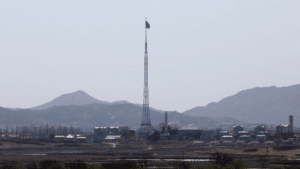
Next, tourists reach the Dora Observatory, equipped with telescopes to view the North Korean flag atop the fourth tallest flagpole globally, erected in competition with South Korea. The observatory also offers glimpses of border villages, although haze can sometimes affect visibility.
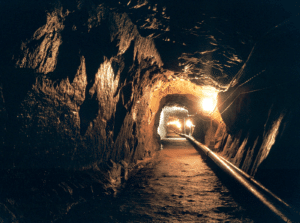
The tour proceeds to the 3rd Infiltration Tunnel, one of four secret tunnels built by North Korea for invasion purposes. Before descending into the tunnel with helmets, visitors watch a video detailing its history. It’s important to note that this part of the tour may not be suitable for individuals with respiratory, heart issues, or claustrophobia due to its cramped interior and steep incline.
Finally, the Unification Village showcases high-quality products like 6-year-old ginseng, soybeans, and rice, benefiting from the DMZ’s regulated environment. Visitors can purchase these products as snacks or gifts.
Typically, tours include a visit to the Joint Security Area (JSA), also known as Panmunjom, where North Korean and South Korean soldiers stand on the border facing each other. However, during the author’s visit, this part of the tour was canceled due to the ongoing investigation of Travis King’s defection to North Korea.
The incident involving Mr. King has drawn significant attention to the DMZ. Therefore, a review of do’s and don’ts for visiting the DMZ might prove helpful for those planning a trip to South Korea.
5 Tips for Visiting the DMZ
#1 Book your tour in advance:
If you plan to visit the DMZ, it’s essential to book your tour ahead of time. These tours typically last from half a day to a full day, and they can get fully booked quickly. To ensure your spot and avoid disappointment, make your reservations several days in advance, especially if you wish to include a visit to Panmunjom.
#2 Bring essential items:
Before heading to the DMZ, remember to pack a few important items. First and foremost, don’t forget your passport, as it is required for the security checkpoint during both entry and exit from the DMZ. South Korean soldiers will check everyone’s passport against the guide’s list. Without it, the entire bus might have to turn back. Also, consider the weather and the day’s activities. If it’s a hot day and you’ll be climbing up from the 3rd infiltration tunnel, bring water to stay hydrated. Additionally, carry any necessary medications you may need for the day. In hot weather, wearing a hat and using sunscreen (or carrying an umbrella) will help you stay comfortable, as there are several outdoor monuments to view, especially at the first stop, Imjingak.
#3 Follow the rules:
Pay close attention to the rules and guidelines provided by your tour guide or posted as signs. Compliance is crucial as the DMZ is a military zone, and the rules are in place for everyone’s safety and national security. Be particularly mindful of photography restrictions, such as the ban on photography in the 3rd infiltration tunnel and the strict rules in the Joint Security Area.
#4 Consider purchasing souvenirs:
As you explore the DMZ, you’ll encounter shops selling various DMZ merchandise, goods from nearby villages, and unique memorabilia like barbed wire or North Korean money. Feel free to buy souvenirs to remember your visit. These shops are authorized by the government, so you can be confident that you’re purchasing legitimate items. The Unification Village, with its 6-year ginseng, soybean products, and rice, is an excellent place to find some local delicacies. During my visit, I bought black soybean chocolate, rumored to have hair-retaining effects, and ginseng tea for my grandma.
#5 Embrace the experience and learn:
While the DMZ may contrast with the happier parts of your South Korea trip, it holds immense historical and emotional significance. Take the time to absorb the emotions and the suffering represented by the DMZ, but also the hope for a future reunification of the Korean peninsula. The knowledgeable guides will provide engaging explanations of the DMZ’s importance, historical sites, and monuments. My personal connection to northern Korea made the visit even more meaningful, as I had previously studied the events leading up to the Korean War. The tour enriched my understanding of Korea’s history and its future.
5 Don’ts for Visiting the DMZ: What Not to Do
#1: Don’t act disrespectfully
Remember that the DMZ holds both immense history and pain. Avoid acting rowdy, especially in sensitive areas like Panmunjom. Refrain from taking selfies at certain monuments, such as the Comfort Women Statues, which commemorate young girls who were forced into sex slavery during World War II.
#2: Don’t break the dress code.
While much of the DMZ does not have a strict dress code, the Joint Security Area does, and for good reasons. Dressing respectfully is not only a sign of respect but also prevents potential propaganda use by North Korean soldiers. Avoid wearing ripped jeans, revealing clothes, flip flops, and even workout attire. Also, refrain from wearing clothing that might identify you as something other than a civilian tourist.
#3: Don’t lose track of time and miss the meeting times.
DMZ tours have designated stops for you to explore, eat, and take in the sights. Remember the bus departure time, usually around thirty to forty minutes after arriving at a location. Being late can disrupt the schedule and inconvenience others. Avoid getting so immersed in exploring that you lose track of time, like my mother did at Imjingak Park, leading to a slightly embarrassing delay.
#4: Don’t bring small children to the JSA.
If you plan to visit the Joint Security Area (JSA), note that children under the age of 11 are not allowed. The area requires strict adherence to rules, and young children might find it challenging to follow instructions properly. Any interaction with North Korean soldiers, even unintentional gestures or talking, is strictly prohibited. However, your children can still enjoy the rest of the DMZ by choosing a tour that excludes the JSA.
#5: Don’t cross the border!!
While the DMZ is safe for tourists, there might still be hidden mines from the Korean War. It’s crucial not to wander off on your own, except in designated areas. Always stay with your group and avoid attempting to cross the border intentionally or unintentionally. Such actions are strictly prohibited and dangerous.
Visiting the DMZ is a profound experience that allows you to learn about the history of North and South Korea. By following these do’s and don’ts, you can ensure a safe, respectful, and memorable visit to this significant and symbolic place.

